Dagwood56
No longer a newbie, moving up!
- Joined
- Jul 19, 2007
- Messages
- 3,025
- Reaction score
- 491
- Can others edit my Photos
- Photos NOT OK to edit
Hi there
Well, I know why I bought it, I wanted an SLR camera again and it made sense to get one that used my existing collection of minolta lenses [Sony A100]
Perhaps I'm showing my age - really not familiar with all these digital gadgets of the 21st century:er:. Anyway I'm back now with yet another question.
What is the best metering setting for general landscape and nature shooting. The Sony has spot - which my husband and i agree probably isn't the best choice. Then there is "local" and "wide" [default] the wide apparently selects what "it" thinks is the best metering point. So could that be why my shots are turning out so awful [blurred & darkish] My husband said perhaps the local setting would be the best. What do you all choose when shooting nature. We hike [walk would be better to say at our age] and I take the camera snd shoot what appeals to me - trees, birds, lakes.....
I feel like a total idiot! :blushing: I have read the lantern guide manual for the camera [several times] as the one that came with the camera requires three college degrees to decipher, but I'm still having problems with clear, sharp focus. I did find out that high contrast situations require use of the D-range optimizer set at advanced, but haven't had a chance to try it yet to see if it would make a difference when shooting ducks on the water.
but I'm still having problems with clear, sharp focus. I did find out that high contrast situations require use of the D-range optimizer set at advanced, but haven't had a chance to try it yet to see if it would make a difference when shooting ducks on the water.
As I mentioned in my earlier post [what am I doing wrong] I don't save junk - when I go through my shots, if they aren't good I get mad and just hit delete so can't post anything to show you and won't have a chane to go out again before next week. But those shots were of hundreds of seagulls on a beach at a nearby lake and some were floating in the frigid water.
I used the camera on program mode, and focused on the gulls on the beach with some of the water [which was pretty choppy] in the back ground. The camera was on auto focus and it looked clear to me too when the camera fired, but later in photo shop, those few shots that looked clear on sceren were horrible when I zoomed in just a bit to crop and get a bigger image of a few birds.
Another thing - the A100 automatically adjusts for noise reduction in photos, but it has an added feature of noise reduction if taking long exposures [I do not take long exposures] So realizing this special feature was "on" I have now turned it off to see if it will have a good or adverse efffect on future shots. Do you think turning it off was a good idea?
Boy ---talk about a new toy thats more frustrating than fun! Well, I have one! But I guess its just going to be trial and error and LOTS of patience which I'm not real good at right now, to get it right.
Thanks for any help & suggestions you can offer. I'd really like to have this figured out by say---at least this coming spring!
Well, I know why I bought it, I wanted an SLR camera again and it made sense to get one that used my existing collection of minolta lenses [Sony A100]
Perhaps I'm showing my age - really not familiar with all these digital gadgets of the 21st century:er:. Anyway I'm back now with yet another question.
What is the best metering setting for general landscape and nature shooting. The Sony has spot - which my husband and i agree probably isn't the best choice. Then there is "local" and "wide" [default] the wide apparently selects what "it" thinks is the best metering point. So could that be why my shots are turning out so awful [blurred & darkish] My husband said perhaps the local setting would be the best. What do you all choose when shooting nature. We hike [walk would be better to say at our age] and I take the camera snd shoot what appeals to me - trees, birds, lakes.....
I feel like a total idiot! :blushing: I have read the lantern guide manual for the camera [several times] as the one that came with the camera requires three college degrees to decipher,
 but I'm still having problems with clear, sharp focus. I did find out that high contrast situations require use of the D-range optimizer set at advanced, but haven't had a chance to try it yet to see if it would make a difference when shooting ducks on the water.
but I'm still having problems with clear, sharp focus. I did find out that high contrast situations require use of the D-range optimizer set at advanced, but haven't had a chance to try it yet to see if it would make a difference when shooting ducks on the water.As I mentioned in my earlier post [what am I doing wrong] I don't save junk - when I go through my shots, if they aren't good I get mad and just hit delete so can't post anything to show you and won't have a chane to go out again before next week. But those shots were of hundreds of seagulls on a beach at a nearby lake and some were floating in the frigid water.
I used the camera on program mode, and focused on the gulls on the beach with some of the water [which was pretty choppy] in the back ground. The camera was on auto focus and it looked clear to me too when the camera fired, but later in photo shop, those few shots that looked clear on sceren were horrible when I zoomed in just a bit to crop and get a bigger image of a few birds.
Another thing - the A100 automatically adjusts for noise reduction in photos, but it has an added feature of noise reduction if taking long exposures [I do not take long exposures] So realizing this special feature was "on" I have now turned it off to see if it will have a good or adverse efffect on future shots. Do you think turning it off was a good idea?
Boy ---talk about a new toy thats more frustrating than fun! Well, I have one! But I guess its just going to be trial and error and LOTS of patience which I'm not real good at right now, to get it right.
Thanks for any help & suggestions you can offer. I'd really like to have this figured out by say---at least this coming spring!



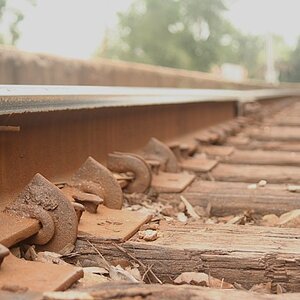

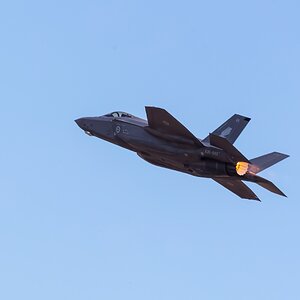
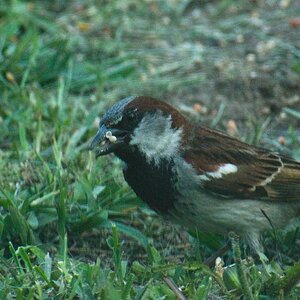
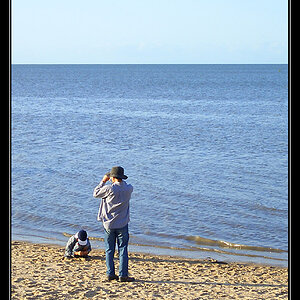
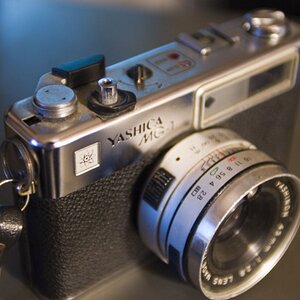
![[No title]](/data/xfmg/thumbnail/42/42023-bdd979ff50e78cc28479297780caeb90.jpg?1619739981)
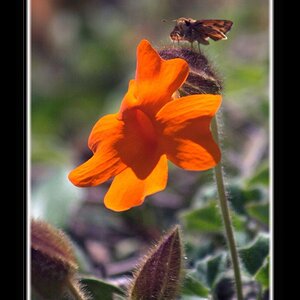

![[No title]](/data/xfmg/thumbnail/42/42017-05f80a89ca2890969b5dc7cc47872581.jpg?1619739979)
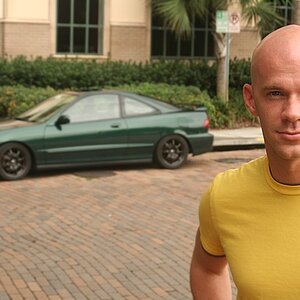
![[No title]](/data/xfmg/thumbnail/33/33436-1304fb294d2141a65ae8309383a3e52a.jpg?1619735968)